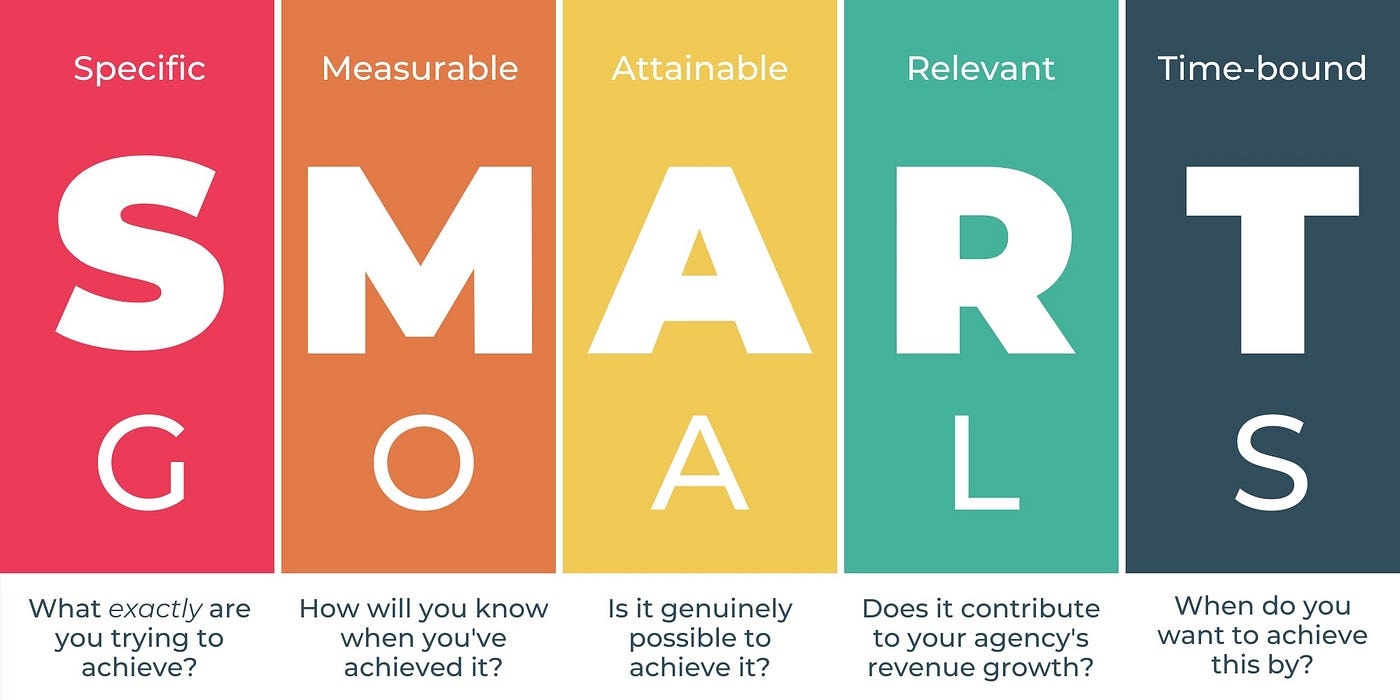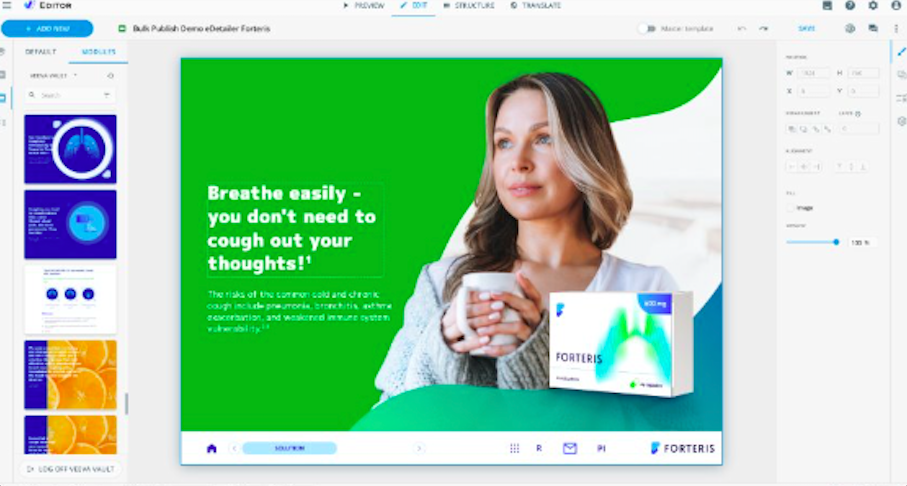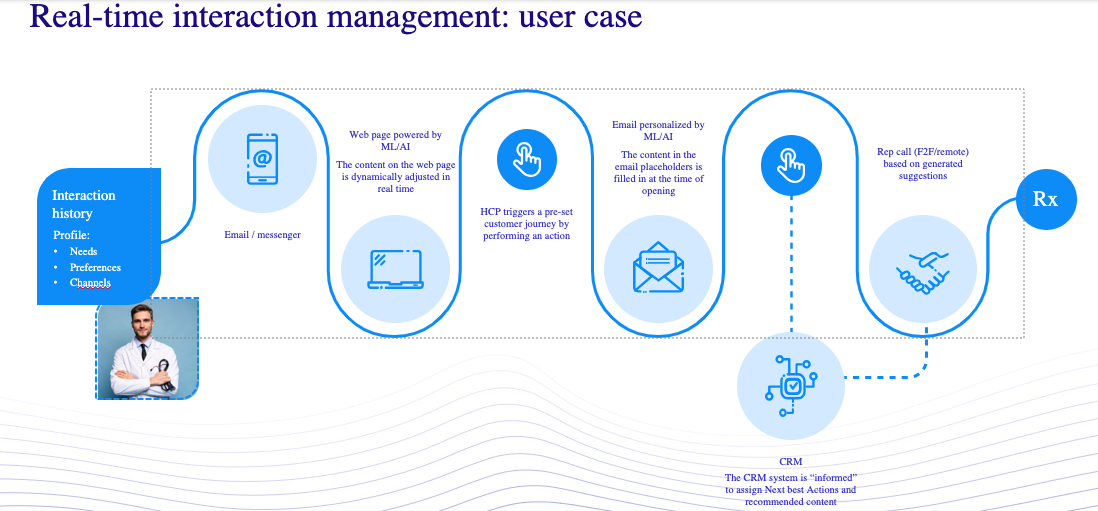You did everything right: found the most trending topics for your blog, hired the most talented copywriters, chose the best time for publishing your article, and… you got 5 views and 1 like. What went wrong here? Who, or what to blame? We have the answer: your content distribution strategy.
Content creation is a well-known process to all companies looking to expand their client base, build trust with their existing customers, and assert their expertise in the industry. However, it is not enough to create content; it’s also important to choose the right distribution methods. And having a semi-decent strategy in 2024 won’t cut it. Our guide will give you all you need to know about content distribution and how you can refine your strategy to attract new audiences and generate leads.
What is Content Distribution?
Content distribution is the process of sharing and promoting content through multiple platforms, such as social media channels, email, messengers, and more. It is a huge part of a content marketing strategy, as strategic content sharing is just as important as creating high-quality materials.
There are many ways to share, reuse, and create content to reach the right audience and engage with it. Focusing on just a few content marketing channels can be a great idea in terms of consistency, but it may limit opportunities to experiment and attract new audiences. The same goes for the opposite: always trying out new platforms can be both fun and beneficial, but loyal clients might prefer for your content to be consistently published on 1-2 specific channels. Finding the golden mean is the best option, and to do that, you need to have a future-proof content distribution strategy.
Types of Content Distribution Channels
Content distribution channels are what you can use to share and promote your content. There are three main types of distribution channels, which are:
Owned
These are all the channels that belong to your brand, and they can serve as the base for operations of your content marketing strategy. It can be your website, e-mail newsletter, social media, or any other platform that you own. It’s important to treat this type of channel as the foundation for all your content marketing efforts, as this is where most people will get to know your brand. No matter whether you choose to focus on building your online presence on social media, website, or both, it’s crucial to ensure that the preferred channel is easy to access, user-friendly, considers all SEO basics, and offers content appropriate for your target audience.
Paid
Paid distribution channels are the ones your brand uses to promote content through paid advertising. For example, your brand might decide to collaborate with a famous blogger. You allocate a budget to achieve this goal and pay the social media persona you decided to work with for three posts on their Instagram. On their page, the blogger might share a piece of content written either by your brand or created in collaboration with your brand. Other examples of paid advertising include pay-per-click ads, sponsored posts, webinars or podcasts, affiliate marketing, etc.
One of the biggest advantages of paid content distribution is how quickly your content will reach the target audience and how visible it will be. Most of the time, if you pay for ads instead of creating them, it’s highly likely that a large portion of people will see them. It is a great choice for short-term growth and boosting brand recognition, but in the long term, it’s best to focus on other types of channels.
Earned
Earned media is where you don’t have any kind of influence on the distribution channel; instead, you “earn” a chance for your content to be shared. For example, someone might enjoy your products or services and post something about them, recommending your brand to others. This doesn’t even have to be a famous person; every share matters, meaning that if you want your content to be distributed through earned channels as much as possible, you have to ensure that your content is “shareable.”
The more people talk about your brand, the stronger your trust grows. Other examples of earned media channels are customer reviews, word of mouth, user-generated content, etc. Even though earned media channels are the hardest ones to distribute content on, it’s still worth adding them to your content distribution strategies.
Navigating Hurdles in Refining Distribution Strategies
How can you develop an effective pharma content distribution strategy if you are not ready for a challenge? From balancing multiple content distribution goals to platform saturation, there are many obstacles marketers encounter when refining digital outreach. Let’s take a look at the most common ones:
Limited reach
For many businesses, especially the ones that are just starting out, it’s hard to reach a broader audience and attract many new customers. The problem might not even be in the content quality; everything might be perfect, but it will still keep getting just a couple of views. In a situation like this, it’s best to first focus on paid content distribution channels and find the right audience, then put more effort into distributing content on the brand’s owned channels.
Lack of personalization
71% of consumers expect personalization from brands and companies they buy from. Many are ready to share their personal data if this would lead to more personalized offers, content, and discounts. By tailoring your content to your audience’s desires and needs, you increase the chances of a customer making another purchase again, eventually becoming a loyal client.
Time constraints
The creation of high-quality content is a time-consuming and tedious task. Even if a marketing team speeds up the content creation through content automation process, many nuances and factors still need to be considered, including the distribution channels. This is why many businesses struggle to keep up with the content posting schedule and ensure its quality before publishing.
Poor content quality
Always being able to provide your audience with top quality is quite challenging, and it is even harder to stay consistent with producing high-quality content at all times. Content quality depends a lot on how well you know your buyers and whether you understand their current needs, so if you still haven’t done proper research on the market, it is the best time to do it. Another thing you can do is hire professional content makers, marketers, copywriters, and other experts and form a team that would work on creating and publishing materials on a regular basis.
Best Practices to Refine Your Content Distribution Strategy
So, you have decided to finally reach a wider audience, boost your social media engagement, and manage cutting-edge content delivery. How do you develop an effective content distribution strategy? Here are some important tips to remember:
Audience first
Why choose a content distribution channel if your audience prefers another one? What is the point of following a strategy that does not take your customers’ needs into account? An effective content distribution strategy heavily depends on how well you know and understand your audience. The first step in crafting a perfect content marketing strategy is analyzing the audience’s behavior, such as the channels it uses, times at which it’s more likely to read your content, preferred content formats, and other important factors.
One of the best ways to gain such important insights is to conduct surveys. Once in a while, ask your audience about what they want to see, read, and experience when visiting your website or social media. You can even offer a goodie for answering your questions, such as a discount or a small gift. This way, you will encourage more people to provide their feedback.
Prioritize content quality over frequency
It’s great to be able to publish 20 Instagram posts per week, but are you sure they are the right thing for your audience? High-quality content is a lot more valuable, both for your brand and your audience. Your content should be an extension of your goals, vision, and mission and represent your brand in the best light possible. Whenever you create a social media post, blog article, or even Instagram story, keep your target audience in mind and ask yourself: “Is this content’s quality high enough? Will my customers find it helpful and beneficial?” Create content for more than just the sole purpose of selling a product or service.
Diversify distribution platforms and content types
Doing the same thing repeatedly might result in some level of success, but it will likely become repetitive and even boring. You don’t need to have a new distribution strategy every month; it’s enough to add a few new channels and content types here and there from time to time. Try out various formats, and don’t hesitate to experiment.
Collaborate with industry experts and influencers
69% of consumers trust the recommendations influencers give, whether it is a new product or service. Many industry experts have a large following on social media, and collaborating with them can help your brand gain more recognition. Consider this: if these experts and influencers share your company’s ideas and values, isn’t it possible that their followers are likely to be interested in what you have to offer? By partnering with those who have large social media platforms, you can reach a broader audience and attract many new customers.
Optimize your content
You can’t just hope that people will find your content alone, right? Search engine optimization is what can help you increase the chances of your content being seen by possible customers. SEO offers insights into the performance of your marketing strategy and tools for analyzing different metrics such as website rankings, bounce rate, conversions, and even ROI. SEO should not be underestimated since this is what’s guaranteed to boost your website engagement and drive more organic traffic.
Choose the right tools
In 2024, it’s impossible to have a successful marketing strategy with just paper and pen. With the right software, your marketing team can execute much quicker market research, enhance content visibility, improve team collaboration, and even automate content creation to a great degree. All you have to do is just think about your goals and decide what kind of instruments will help you attain them. Some of the must-have tools are Google Analytics, Grammarly, and eWizard, but there are also many other instruments you can use to improve content-related processes. For instance, a Digital Content Factory can be a great instrument for businesses seeking to optimize content creation and enhance the efficiency of their marketing campaigns.
Bottom Line
The truth is, you will probably need at least a few attempts at finding the perfect content type and distribution channel before you nail it. And that’s completely fine: refining your content distribution strategy will require time and effort. By gaining a deeper understanding of your audience and placing the customer at the center of your operations, you’ll be able to develop a customer-centric content distribution strategy that delivers real impact.
FAQs on refined content distribution strategy
Why is it important to diversify distribution platforms?
By diversifying your distribution channels, your marketing efforts get a greater reach, and you will avoid relying on one channel to do the job. Moreover, by continuously using a few media channels to connect with your audience, you ensure that you are always available on platforms where your customers are most active.
How can I measure the success of my content distribution strategy?
To measure the success of your content distribution strategies, it’s crucial to determine key performance indicators or KPIs. Some common KPIs for measuring the performance of your digital content distribution strategy are bounce rate, conversion rate, click-through rate, cost per acquisition, and page views.
What are the key challenges that businesses may face in content distribution in 2024?
Even though, thanks to automation and artificial intelligence technologies, marketers can make content creation and distribution processes much easier, there are still many obstacles they have to face, such as:
- Maintaining consistent content quality and posting schedule;
- Optimizing content reach and distribution correctly;
- Ensuring multi-channel distribution;
- Identifying emerging distribution platforms quickly;
- Understanding the target audience and being able to gather audience insights for better content;
- Integrating modern tools into content-related workflows;
- Dealing with content fatigue and information overload;
- Properly personalizing content.






